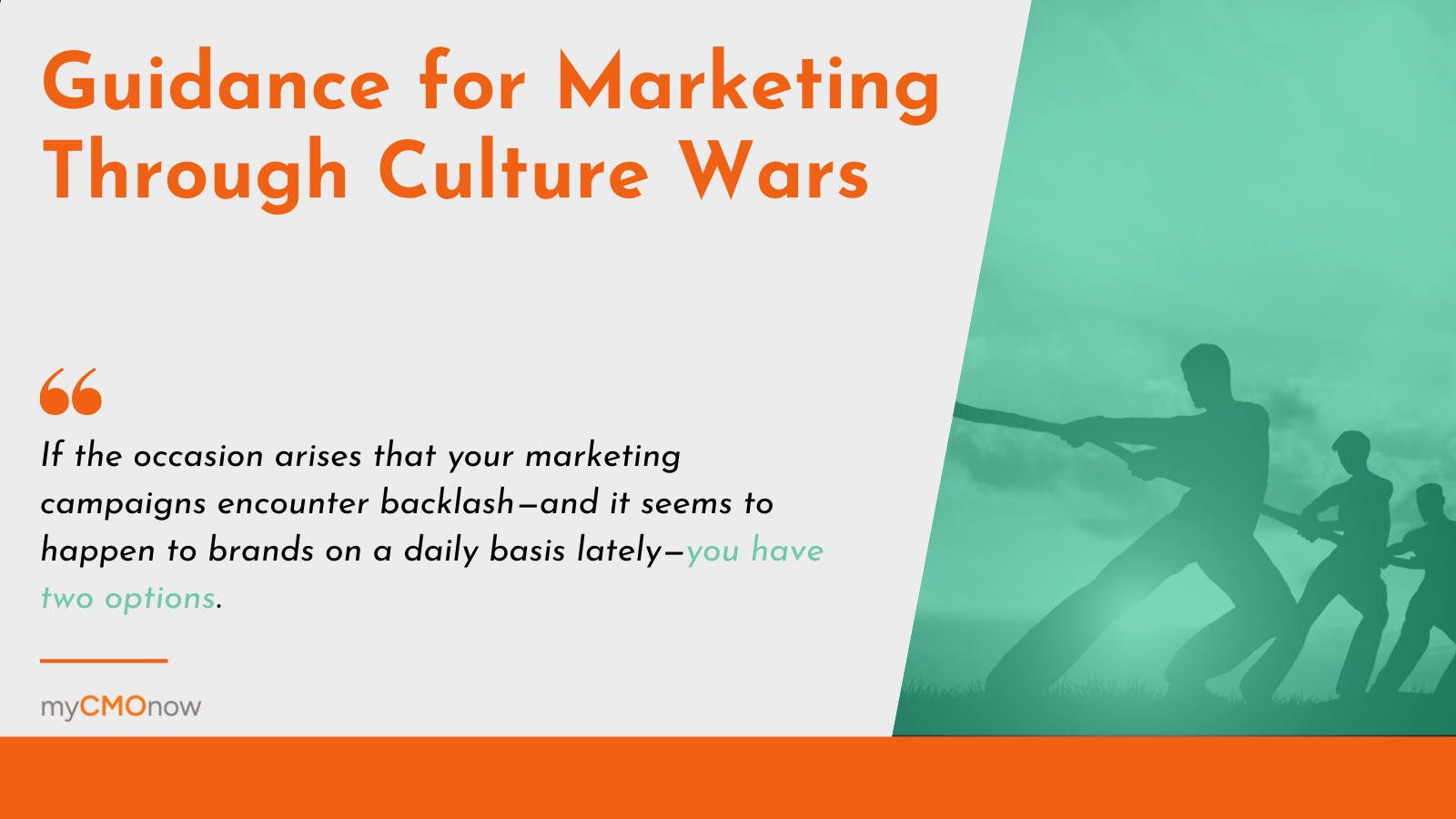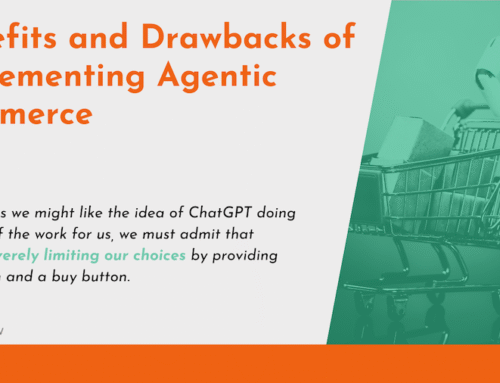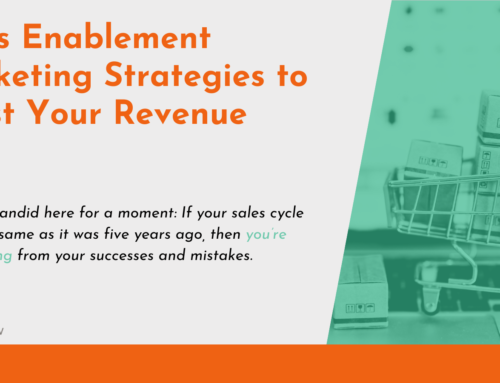
Marketing leadership roles are fraught with minefields that could blow up a brand’s reputation in mere moments. In the past, these tripwires may have been a product that underperformed, an intern that forgot to log out of the brand Twitter account before going on a profanity-laced tirade, or C-level executive embroiled in some scandal. In recent years, however, announcing any stand for hot-button social initiatives or taking a political stance has had similar potentially explosive effects.
The challenge with marketing through the latest round of culture wars is that consumers still clamor for something real—something authentic. Committing to a social cause seemed to be a safe way to take a stand and, indeed, can still engender warm feelings from a brand’s target audience. The fallout from non-followers, however, can be swift, fierce, and devastating.
What can a brand do to maintain authenticity with its buyers while navigating the storm?
Separate Personal Brand and Business Brand
As an executive in your company, you may be expected to maintain some form of online brand. It’s important to remember that your personal brand should support the company brand, but there is more flexibility in supporting social causes and sharing political beliefs with your personal brand.
Keep in mind that not all executives who maintain a personal brand outside of the company brand are likely to have the same beliefs. Consider developing guidelines for what can and should be shared—suggestions rather than rules—but with hard lines drawn where necessary to avoid tipping into the scandal category with one errant post.
When to Take a Stand as a Brand
In many cases, a brand could have deep connections to religious, social, and political causes. For instance, if your PR agency works with political candidates, your charity is connected to a religious denomination, or your beauty brand was developed for people of color.
When the connection between your brand and the social cause you support is obvious, then you’re not as likely to receive backlash for marketing that includes your brand’s beliefs. In fact, people would probably find it odd if your brand didn’t support related platforms.
A brand that appeals to wide range of consumers, however, has a harder road ahead. Campaigns connected to holidays and national days, weeks, and months are a great way to share the social causes your brand supports. For instance, Martin Luther King, Jr. Day or International Women’s Equality Day. Consumers expect to see supportive messaging for these events.
Charitable causes are also a great way to make social change without exposing your brand to backlash. For instance, TOMS Shoes provides a pair of shoes to a person in need for every pair bought, as well as contributing to other social causes. Warby Parker engages in a similar campaign, providing eyeglasses for those who can’t afford eyecare for each pair purchased. These are obvious connections consumers can make between the brand, the product, and the recipient.
Patagonia, a brand that sells outdoor clothing and gear, supports environmental causes, with profits earmarked for a variety of nature, wildlife, and conservation organizations. The connection between the brand and the cause is obvious, and the target audience for the brand is likely to engage in similar actions.
Navigating Backlash
If the occasion arises that your marketing campaigns encounter backlash—and it seems to happen to brands on a daily basis lately—you have two options. Keep in mind that both options could result in more anger or backlash.
First, back away from the stance in question. Examine the factors involved, from the language used in your marketing to the beneficiaries of your cause. Determine the reason for the backlash and if it’s possible a mistake was made during your planning and launch. If you do discover that the anger over your brand’s stance and the resulting marketing has merit, issue an apology and retraction. Those consumers who were thrilled with your social stance may feel snubbed or lose trust.
Your second option, after investigating the reasons for public anger, is to push forward with your support of the cause in question. If your brand is passionate about creating the connection between the social, political, or religious cause and stands behind the language and imagery used, then you are within your rights to continue your support, even at the potential risk of losing customers. You may discover that your new target audience is even more loyal and likely to spend.
So, how can you prove authenticity while navigating the culture wars? Well, that’s exactly the answer in the form of a question. You know your brand. You know your target audience. Be intentional with your choices when taking a stand, and your buyers will appreciate that authenticity. Take a stand for the sake of fitting into a space where your brand usually doesn’t belong? That’s when the backlash will begin.
If you need marketing leadership to help guide you through the ups and downs of marketing through culture wars, we’re here to help.





